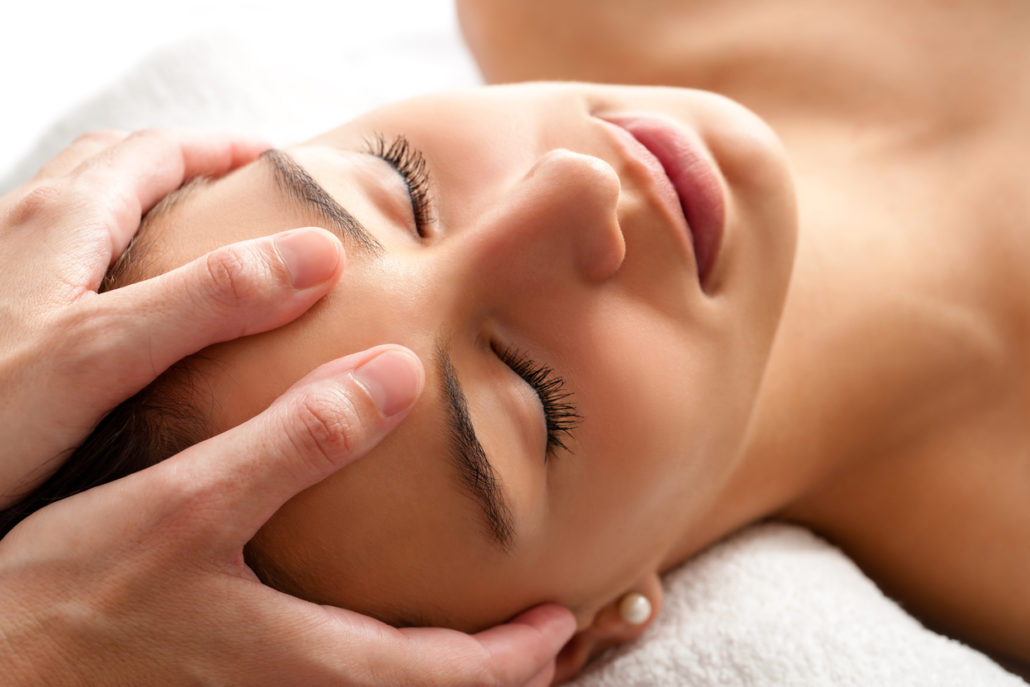Therapy After A Concussion
3 Early treatment options include:
Physical Therapy, Craniosacral Therapy and Acupuncture Therapy
Early treatment can begin within the first 2-5 days of a concussion.
**Vertigo (spinning/dizziness) is very common immediately after concussion. If you are experiencing these symptoms please seek treatment from a trained professional (often a Physical Therapist) right away! You can go to dizzy.com to find a provider in your area. Read our blog on vertigo for more information!**
Daily restorative activity: 20 minutes of light cardio, stretching, and mindfulness breathing!
1. Physical Therapy:
Can be used to address neck pain and headaches early in recovery as well as exercise progressions as tolerated. What to expect:
- Manual therapies – massage, joint mobilizations (movement of the bones), and stretching
- Modalities – some clinics continue to use modalities such as moist heat and electrical stimulation to help to modulate pain. At our clinic we refer to these as “feel good treatments” and the patients often enjoy them
- Strengthening – good PTs will prescribe a neck strengthening program and eventually a postural stability program (keeping yourself upright). Neck strengthening is often boring but CRUCIAL for recovery from whiplash injuries!
- Progressive Exercise – as you begin to heal from your concussion your PT or Athletic Trainer (ATC) can lead you through a Return to Sport Progression including progressive exercise. This is very important as you do not want to return to your favorite activities deconditioned risking injuries to your ankles, knees, back….
- You can read more about the importance of treating the neck in Lauren’s published journal article here!
- Lauren has developed a new treatment paradigm for concussions treating Primitive Reflex Disinhibition. You can learn more about this treatment option in her published journal article here!
- If your provider is not able to complete this treatment have them contact Lauren Ziaks in our Provider Section to access education to learn more!
2. Craniosacral Therapy
Craniosacral therapy involves two forms of gentle manipulation exerting light pressure on the connections between the bones in the skull. These gentle manual treatments are believed to restore balance in the nervous system by improving the rhythmic flow of cerebrospinal fluid that bathes and nourishes the nervous system. It is useful following concussive injury in providing some relief of symptoms such as headaches, neck pain and jaw pain.
CST can be completed by a trained / certified massage therapist, physical therapist, or chiropractor depending on your state and the clinics available in your area.
3. Acupuncture:
According to the traditional Chinese explanation, illness results from the blockage of the flow of energy or Qi through the body. According to this tradition, the use of acupuncture helps to open up the flow of Qi and restore balance to the system.
The Eastern medicine explanation is that acupuncture needles send a mild pain message to the brain. The brain responds by sending a pain-relieving message electronically and chemically back to the body. What to expect:
- Acupuncture involves inserting very thin needles into precise points on the body to promote healing and improve functioning.
- Needles are placed into precise locations on the body known as acupuncture points.
- The needles may be stimulated with electricity or heat.
- Typically, the needling will cause a slight pinching sensation, but otherwise is not painful.
Benefits of Mindfulness and Meditation
There are lots of ways to relax. Some ways are designed to relax your mind and some to relax your body. But because of the way the mind and body are connected, many relaxation methods work on both the mind and the body.
Meditation is to calm your mind by focusing your attention on things that are happening right now in the present moment. Begin with focusing on your breathing and work to slow the rhythm and breathe deeply – this sends a message to the brain to calm down and relax and then this extends to the rest of the body. The use of breathing exercises provides a good way to relax, reduce tension, and relieve stress.
Mindful Meditation is neuro-regenerative and has been shown to increase the amount of neuronal connectivity, learning and memory also helping with emotional regulation and self awareness. It also improves sleep, decreases fatigue, reduces depressive and anxious feelings – all common symptoms following concussive injury.
If meditation is hard for you and you find yourself struggling or falling asleep, fear not! Meditation is a skill that will need to be learned. There are several free apps you can use to help guide you in this journey. There are also Youtube videos and other options without requiring a large investment. Although many of our patients do not believe meditation is for them, everyone can benefit from this skill! The research in concussions supporting meditation is astounding. Just give it a try, you’ll be amazed!



